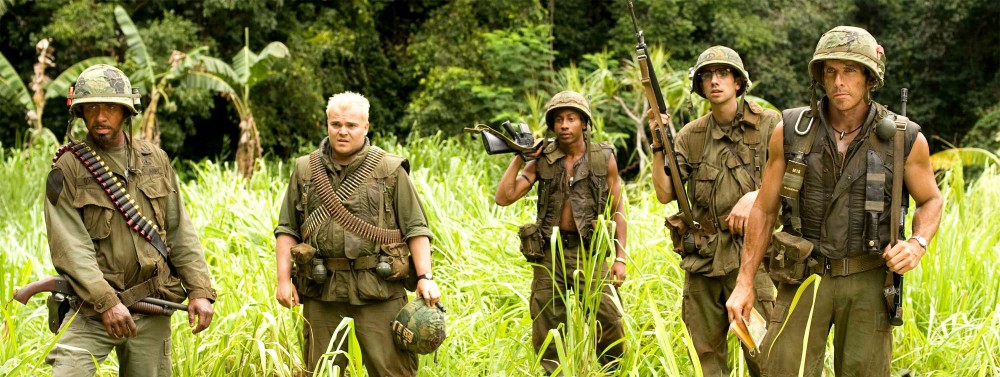The narrative of the Watermelon Woman is an interesting one because it doesn’t go along with the dominate heteronormative discourse of most movies. The filmmaker, Cheryl Dunye, is a black lesbian woman and how she shapes this film greatly reflects that identity. It seems as though most of the people in the film identify within the LGBTQ spectrum. This was an influence of the times and a great example of the “New Queer Cinema”movement born out of the late 1980s and early 1990s. Long after the queer subtext of American films in the ’20s and ’30s, and a couple decades after the Stonewall Riots, Cheryl Dunye joined the band of queer filmmakers exploring this frontier of untold stories and excluded perspectives. The Watermelon Woman explicitly explores issues of race in film (since the plot in this story is Dunye’s journey to uncover the real identity of a black actress from the ’20s and ’30s who was merely referred to as the “Watermelon Woman”), but it doesn’t talk as much to marginalized issues of sexuality. Dunye instead makes queer sexuality the dominant discourse and therefore not something that’s discussed, just accepted and normal—making a much more impactful statement.
This is not to say that she disregards the issue of sexuality. Instead of focusing critically on homophobia or the marginalization of the LGBTQ community, she focuses on the intersections of race, sexuality and class and the struggle between those. To illustrate my point, I will focus on the relationship between Cheryl and Diana. Their relationship is particularly interesting and makes up a significant part of the plot. Cheryl is, as I’ve stated, a black woman, who works at a movie store. Diana is a white woman who meets Cheryl as a customer at said movie store. This establishes the class dynamic of their relationship from the beginning—Cheryl as a worker (at a low-end job that she doesn’t particularly love) and Diana as a customer (someone with the privilege of having enough free time to rent movies and watch movies). The conflict that is played out between these two women has to do with their races, not that they become lovers. Tamara, Cheryl’s friend and coworker, disapproves of Cheryl and Diana’s relationship from the beginning because Diana is white. She accuses Cheryl of wanting to become white because she is making a documentary and dating a white woman. This causes strife between Tamara and Cheryl, to which it seems Diana is oblivious.
In one scene, the four women—Cheryl, Diana, Tamara, and her partner—are having dinner together. It appears as though Cheryl is anxious to have Diana, Tamara and her girlfriend (who are both black) get along. In conversation, Tamara’s girlfriend asks Diana what brought her to Philadelphia and gets a little bit of her back story in the process. Both Tamara and her girlfriend appear to be very put off by Diana explaining her parents’ line of work, how they traveled and lived all over the world, and how Diana says that a friend of hers was interested in talking to “us” (her and Cheryl) about Cheryl’s documentary. It seems like Tamara is protective of Cheryl, and sees Diana as a threat with her white privilege.
The last scene with Cheryl and Diana is when they are in bed together. Diana mentions that she learned a song from one of her old black boyfriends, and this surprises Cheryl. Diana goes on to say that she has had multiple black boyfriends in the past and her parents never said anything because they’re “liberal hippie-types.” This bothers Cheryl, and she calls Diana a “mess” and leaves the room. In a later scene, Cheryl then mentions that they’re not seeing each other anymore. We can conclude that it was something in this scene, something that Diana implied, that made their interracial relationship an incompatible one.
What makes Cheryl Dunye’s The Watermelon Woman so successful as a New Queer Cinema film is how she has chosen to portray these relationships and the struggles between race, sexuality and class. She didn’t just make a lesbian movie about women of color, or a women of color movie about lesbians; she didn’t just talk about lesbian women of color to prove that they exist in a world of cinema where their stories hadn’t been shared. She took all of that a huge step further. She illustrated the complicated dynamics of queer relationships; she illustrated those dynamics within the dynamic of race and class; she illustrated that dynamic within a larger conversation about race and sexuality. And she does so without telling us she’s doing so.
